berlin robotics labs
Learning & Intelligent Systems Lab, TU Berlin
The LIS lab @ TU Berlin does research in the intersection of AI and robotics. We believe that a key in understanding and creating strongly generalizing intelligence is the interplay of learning and reasoning, of training and thinking, of data and models. Our research therefore bridges between AI planning, machine learning, and robotics, trying to overcome the segregation of data-based AI (ML, Reinforcement Learning) and model-based AI (reasoning, inference). Concrete research topics we work on are models and algorithms for physical reasoning, task-and-motion planning (logic-geometric programming), learning heuristics, the planning-as-inference paradigm, algorithms and methods for robotic building construction, and learning to transfer model-based strategies to reactive and adaptive real-world behavior. To this end, we build on methodologies from optimization, reinforcement learning, machine learning, search, planning, and probabilistic inference.
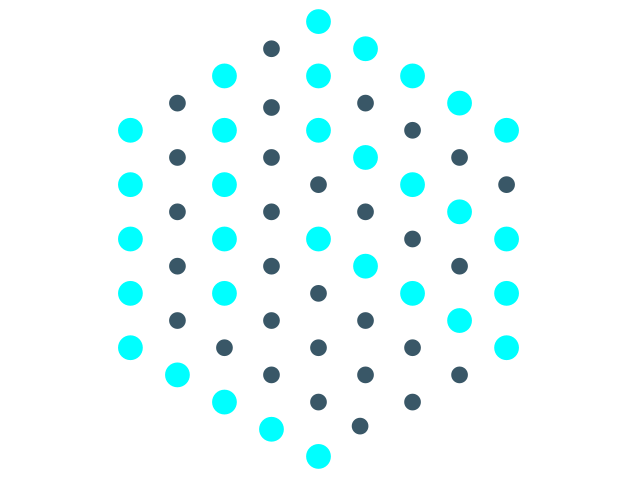
Compliant Robotics Lab, BHT
At our laboratory for compliant robotic systems for applications in the safe human-robot interaction we think that the inherent compliance of systems is the key for safe interaction between humans and robots. Passive compliant systems will follow without delay and without active control, which always associated with signal delays, an external contact force. The compliance and resilience can be implemented in both the actuators and in the supporting structure. Compliant actuators have the advantage that they both respond inherently passive compliant and on a control actively be adjusted within limits. Is the required compliance for a given task in a constant and a variable part separable, the constant part may be transferred to the passive mechanical construction. This structural compliance is entirely passive, but can be detected by suitable sensors and possibly mechanically altered. The overall compliance reduced by the passive part also leads to a lower control effort. In what way which part of the required total compliance be divided between the construction and the actuators is subject and mission of our lab. Focus are the themes of new materials and manufacturing technologies for lightweight and sustainable constructions and control compliant actuators for safe human-technology interaction.
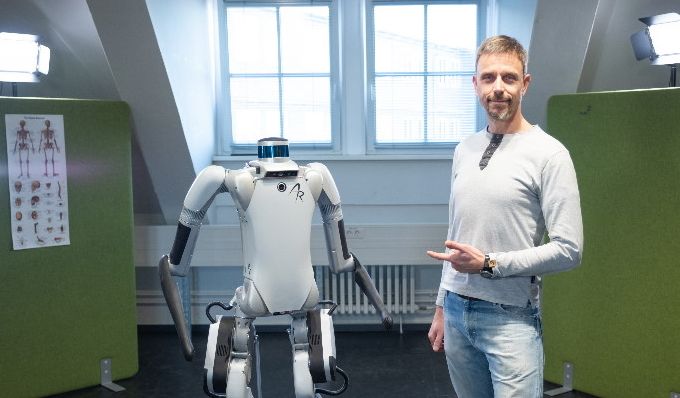
Robotics and Biology Laboratory, TU Berlin
How can we create robots that are truly intelligent and autonomous, not just in the context of some specific and narrow setting but in some broad and general sense? This requires building a truly intelligent embodied system. It is a formidable challenge both in terms of engineering and science. Autonomous systems capable of intelligent behavior must tightly integrate many capabilities in synergistic ways, challenging our ability to build truly robust systems. At the same time, we still lack a foundational scientific understanding of how to generate versatile, robust, adaptable behavior in general, everyday environments.
Research in the Robotics and Biology Laboratory approaches these challenges in the context of real-world problems, including manipulation, in-hand manipulation, interactive perception, learning from demonstration, co-design of manipulation skills, and system building. We closely collaborate with researchers from psychology and behavioral biology to support them in their quest to understand the behavior of biological agents and in turn learn about these agents and the methods employed. Imported into robotics, both methods and understanding push our ability to build better robots. Still, we are far away from matching human abilities but we have begun laying a conceptual foundation that one day might.
Our approach to the aforementioned challenges in science and engineering is inspired by insights from biological intelligent agents. But we also take advantage of the achievements of synthetic disciplines, of course. We work in a problem-centric manner, not by pushing a particular method. Instead, we employ whatever method appears most suitable to the problem. We identify general principles and explore their power for intelligent agency. So far, this has been a journey across disciplinary boundaries generally accepted but seldomly questioned. Instead of using general-purpose, generic robotic platforms, we believe that embodiment and control must be considered together; this is generally called co-design. Instead of attributing the responsibility of intelligent behavior exclusively to the robot (or even the “brain”) itself, we believe that robustness and generality arises from the interplay of a robot’s software and hardware with its environment. As Rod Brooks famously said: “The world is its own best model.” And the world can serve in many other ways to augment the ability of machines. We have shown that by considering perception and manipulation as two sides of a single coin, we can produce very robust and general robot behavior; we have termed this Interactive Perception. These are just a few of the insights we believe will ultimately contribute to the foundational principles of generating intelligent behavior. And, after all, that is the goal of robotics.
To learn more about our research please visit https://robotics.tu-berlin.de
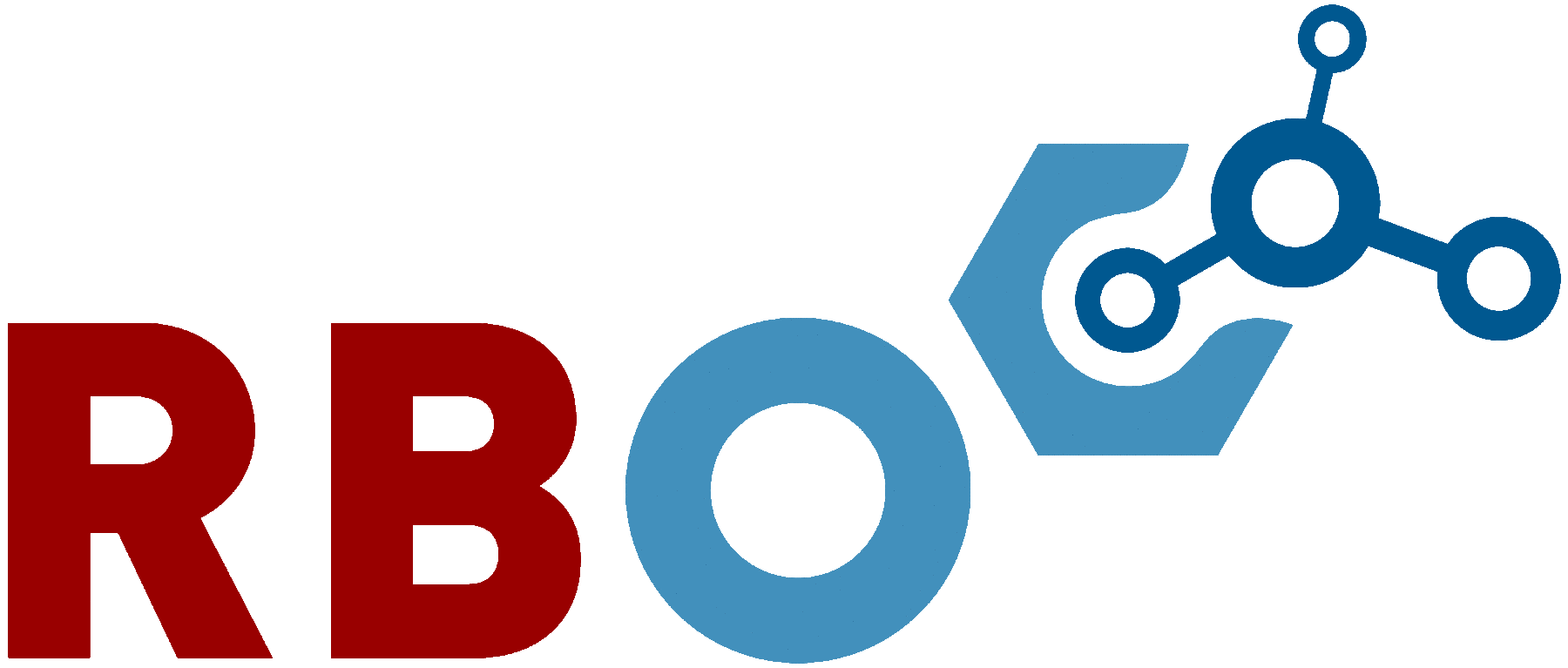
Adaptive Systems Group, HU Berlin
In our Adaptive Systems Group at HU Berlin we combined research in Artificial Intelligence, Developmental Robotics, and Biological Modelling. Specific research topics include Joint Attention, Sensorimotor Learning, Exploration Strategies, Internal Models, Predictive Coding, Machine Learning, Sensorimotor Development, Bootstrapping of Skills, Open-ended learning, Artificial Self, Spatial Cognition, Navigation, and Neural Modelling.
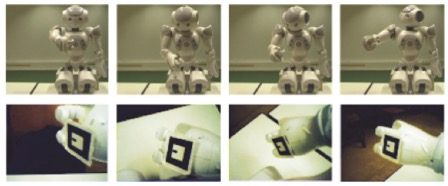
Neurorobotics Research Laboratory, BHT
The Neurorobotics Research Laboratory (NRL) is located at the Berliner Hochschule für Technik (BHT). We develop and research morphologies and distributed neural systems for autonomous robots. We are interested specifically in adaptive and robust behaviors. Adaptive here means that the behaviour can adapt to the environment and to the body of the robot. Therefore, it is essential that robots are allowed to move freely within a real Environment (which in technical jargon is called Embodiment and situatedness).
The investigated morphologies and controllers are developed in analogy to the nervous system of humans and animals, i.e. the sensorimotor control loops are intended to mimic the structure and dynamics of a brain to a certain abstraction level.
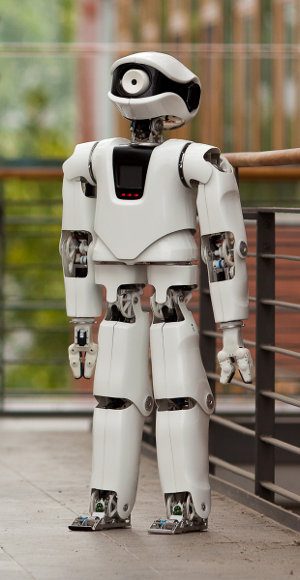
Laboratory for Humanoid Robotics, BHT
The Laboratory for Humanoid Robotics is a richly equipped teaching and research workshop at the Berliner Hochschule für Technik (BHT), directed by Hannes Höppner.
Intelligent Multi-Robot Coordination Lab, TU Berlin
In the Intelligent Multi-Robot Coordination lab (IMRC) we focus on improving the interaction, decision-making, and collaboration between cooperating robots. Our goal is to develop the algorithmic foundation, both theoretical and practical, that will enable future robot teams to autonomously conduct search-and-rescue missions, advance just-in-time manufacturing, and function as aerial robot delivery systems. To this end, we propose diverse artificial intelligence techniques that enable decision making in high-dimensional search spaces.

Industrial Automation Technology, TU Berlin
The Industrial Automation Technology group at TU Berlin cooperates tighly with the Automation Technology section of the Fraunhofer Institute for Production Systems and Design Technology (IPK), performing basic research in production systems as well as applied research of high industrial relevance. Research foci include computer vision, pattern recognition and robotics.